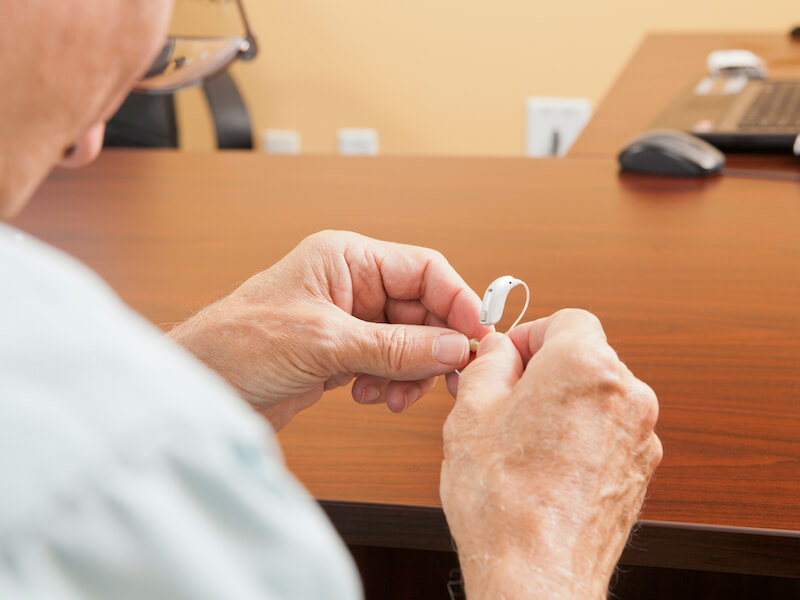
You take good care of your hearing aids. When you go to bed, you always put them comfortably on the charger and you clean them every day.
Suddenly and distressingly, your hearing aids aren’t working the way they once did. Thankfully, there are some steps you can take to troubleshoot the problem. Not doing any additional damage is your top priority so you won’t need to replace them.
Hearing aid troubleshooting
You saved the owner’s manual that came with your beautiful new hearing aids, right? You’ll want to pull it out so you can utilize it for troubleshooting and, possibly, maintenance. Each model of hearing aid can be rather different so it’s important to follow the manual’s recommendations.
Here are some things you can check on most models:
- Wax buildup: Be certain that there’s no wax on your hearing aid by giving it a visual check. Wax can build up quickly even if you clean your hearing aids frequently so make it a point to double check.
- Check your battery: You’ll still want to assess the battery power even if you had your hearing aids charging overnight. It might be a good idea to check if you might need new batteries or if the old ones are properly inserted, particularly if your batteries are replaceable.
- Keep your microphone clear: Check your hearing aid to find out if anything is blocking the microphone. A blocked microphone can create feedback or can cause your hearing aids to sound broken or quiet.
- Check for visible damage: Does your hearing aid have any noticeable loose components or cracks around its shell? If you find cracks, it could suggest that moisture is getting in and there might be more extensive damage.
Again, consult your owner’s manual on how you should approach each of these issues. In some cases, you may be able to perform maintenance yourself.
How will I know when my hearing aid requires repair?
If your hearing aid keeps malfunctioning after you’ve performed basic maintenance and troubleshooting, it’s likely that your hearing aid will have to be professionally repaired. That may not always sound desirable, after all, you depend on your hearing aid for day-to-day communication (along with dinners with your family, keeping up to date with your favorite Netflix series, and so on).
It’s definitely worth taking note that “repair” doesn’t necessarily mean “send your hearing aids in for service and wait a few weeks”. In some cases, we can fix it in office and you can take it with you when you go.
Or, depending on the degree of the damage, you could have your hearing aids back in a few hours.
There are still some cases where such rapid repair is not possible. And in those cases, you might find yourself needing a backup set of hearing aids. Perhaps you have an old pair that will do temporarily in a pinch. We might even be able to loan you a pair while you are waiting.
Don’t wait to get help with your hearing aids
If the sound quality is starting to falter, it’s essential to get your hearing aids checked and repaired.
Any degree of downtime should be avoided. Your mental health and your general health can be affected by untreated hearing loss. Moreover, once your hearing aids are forgotten in a box somewhere, it’s all too easy to pretend they’re not there, all the while, your hearing grows worse and worse.
Keeping those hearing aids in good working order is the secret to keeping your hearing healthy. Keeping them charged, clean, and when needed, professionally repaired is the best way to do that.